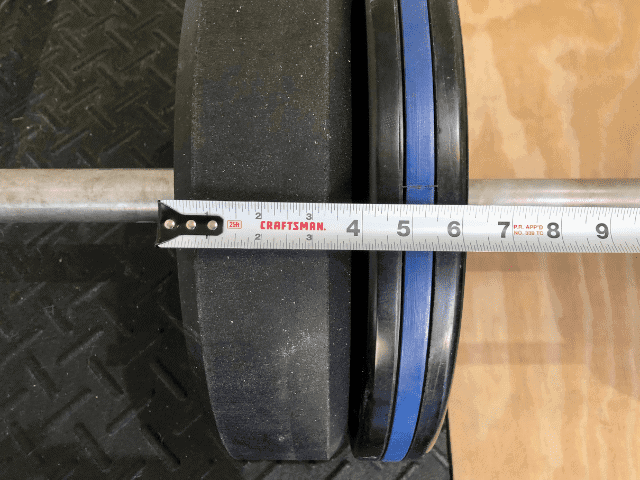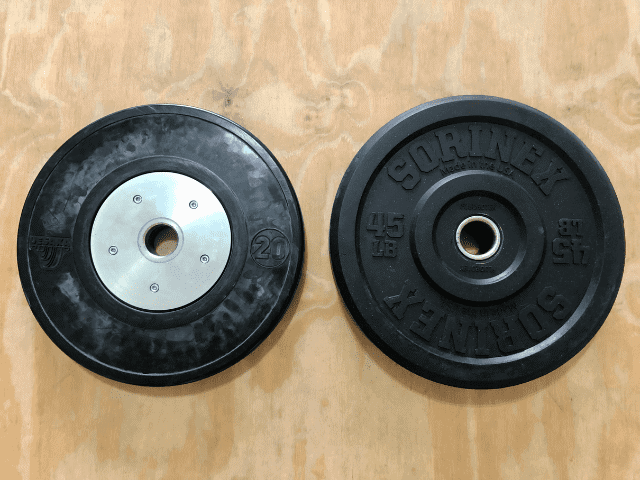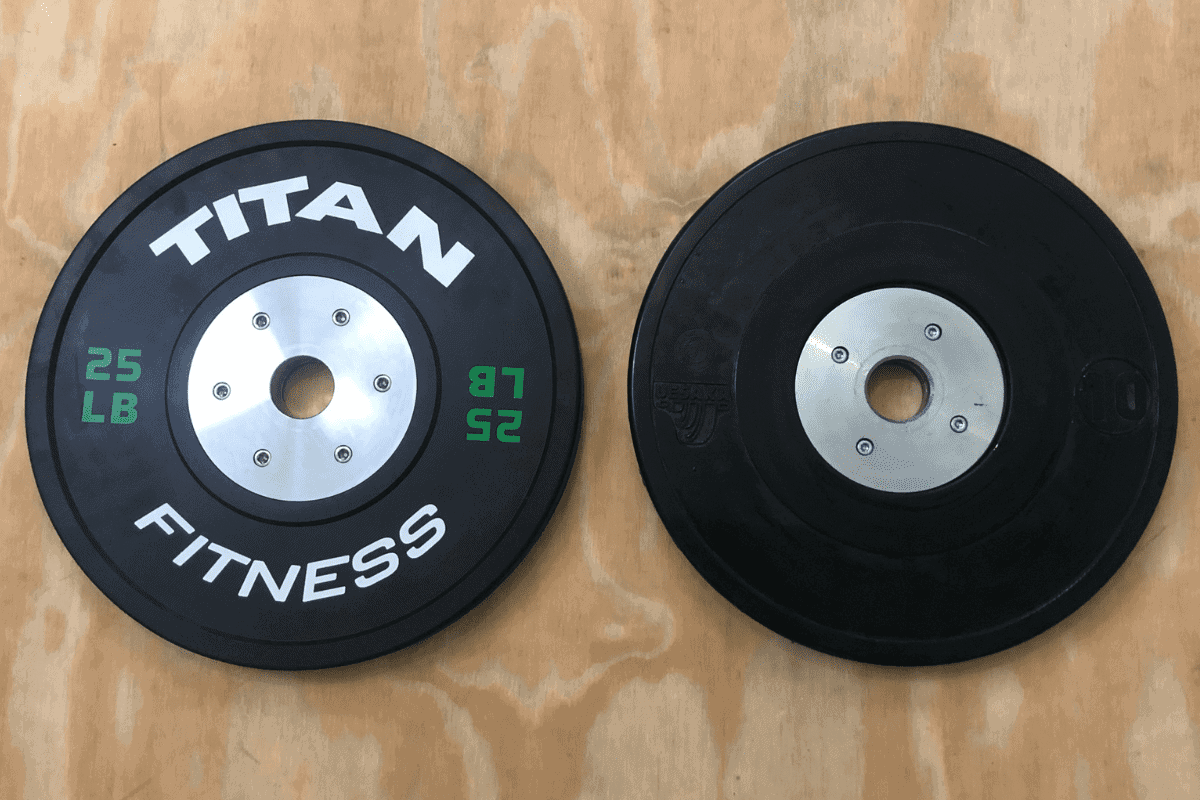What Are The Differences in Bumper Plates?
There are some pretty big differences between rubber bumper plates and iron plates that most of us are probably pretty aware of. However, are there differences between bumper plates themselves? If so, what are they?
The key differences between bumper plates include the materials used for the plates, their width, bounce or durometer rating and type of center insert. The differences in these variables are what separate expensive high end bumper plates vs cheaper, low quality plates.
In this article, I’m going to show you the differences you should be looking for when choosing bumper plates for your home gym. I’ll let you know what’s good, the minimal standard and what to avoid altogether.
Ready? Let’s get started.
Bumper Plate Materials
The first thing to look at when comparing the differences between bumper plates is the materials used to construct the plates. All bumper plates are made of either virgin rubber, recycled rubber or urethane.
Virgin rubber is the optimal material for bumper plates (although to be fair some people prefer urethane which I’ll discuss in a second). This is a rubber that has not been used for any previous purpose except to be put on a barbell and lifted for reps.
While being made of virgin rubber alone doesn’t guarantee a plate is really high quality, it’s a good start.
Recycled rubber is the other type of rubber used in making bumper plates. Some recycled rubber is manufactured in a way where the plate has a similar appearance to virgin rubber while others are what is referred to as crumb rubber bumper plates.
Urethane is a man-made material that basically mimics rubber. It’s denser and harder than rubber, which is one of the reasons urethane bumpers have such a low bounce.
For the most part, there are pretty minimal differences between virgin rubber bumper plates and urethane plates.
Urethane bumpers have their pros – they’re durable and hold custom designs well, but the look and feel of the plates just aren’t the same as virgin rubber plates and to most lifting purists are a step below. (Urethane plates are generally a touch more expensive as well)
Are All Bumper Plates the Same Size?

Yes and no. All bumper plates are the same diameter, 450 mm, but they can be quite different when it comes to width.
Let’s start with diameter. Widths can vary across bumper plates, but diameter generally doesn’t. Almost all bumper plates are 450mm (17.72 inches) in diameter.
This is very important because if you have multiple plates on the bar at the same time, you want to make sure that they are all hitting the ground at the same time. If one plate hits before all the rest, it’s going to take the brunt of the force and likely won’t last long.
If you find a bumper plate anything other than 450mm in diameter avoid it at all costs.
Plate width for competition level plates typically falls in a pretty tight window from 53mm to 55mm. However, once you start getting into the different types of bumper plates, the width can vary pretty significantly.
Crumb rubber plates are usually the widest of all bumper plates and can be as wide as 95mm (3.75 inches). If you’re only loading one or two plates this might not make a huge difference, but if you’re adding more plates to the bar you may find yourself running out of room quickly.
Durometer Rating
Durometer Rating is the scale to which the bounce of bumper plates is measured from 1 to 100. The higher the durometer rating, the lower the bounce.
Do You Want More or Less Bounce in Bumper Plates?
While technically this is a matter of personal preference, most lifters will tell you that less bounce is better.
This is because a bouncing bar will tend to shift more from the original starting position. This can go anywhere from slightly annoying after a made lift to a potential hole in the wall after a missed lift.
Higher bouncing plates also tend to shift more on the bar as well meaning you’ll spend more time sliding weights back into place between reps.
Personally, I also think you can go too far in the ‘low bounce’ direction where it’s an almost completely dead bounce. This is what urethane bumper plates are known for and one of the reasons I’m not personally a big fan of them.
Center Insert

The differences in bumper plate center inserts include both the size of the center insert and the material from which it’s made.
The differences in center inserts are probably the quickest giveaway between a high end bumper plate and a budget bumper plate.
Mid-level and competition level bumper plates will have a large diameter center insert. This is for a few reasons. The large center insert helps balance and rotate the plate and makes it more durable and connected with the rubber outer shell.
Economy bumpers tend to have a very thin center insert. These bumpers will not rotate as well (meaning they won’t perform nearly as well for Olympic lifts) and thin inserts have a much higher tendency of coming loose from the rubber and causing the plate to be unusable.
Center inserts can also differ in material as well. Almost all quality bumper plates will have some form of a steel insert with stainless steel being a popular material. Low quality bumper plates will sometimes use a lower quality material like brass for example.
Final Thoughts on Bumper Plate Differences
To sum up the differences between bumper plates, here are a few things to remember:
Virgin Rubber > Urethane > Recycled Rubber > Crumb Rubber
Plate Diameter: 450 mm (No exceptions!)
Plate Width: 53mm to 55mm is ideal
Durometer Rating: Higher = Better
Center Insert: Higher Diameter = Better & look for steel inserts
Now that you know the differences between bumper plates, now you’ll have a better understanding of what to look for when you’re comparing the best bumper plates for your garage gym.

